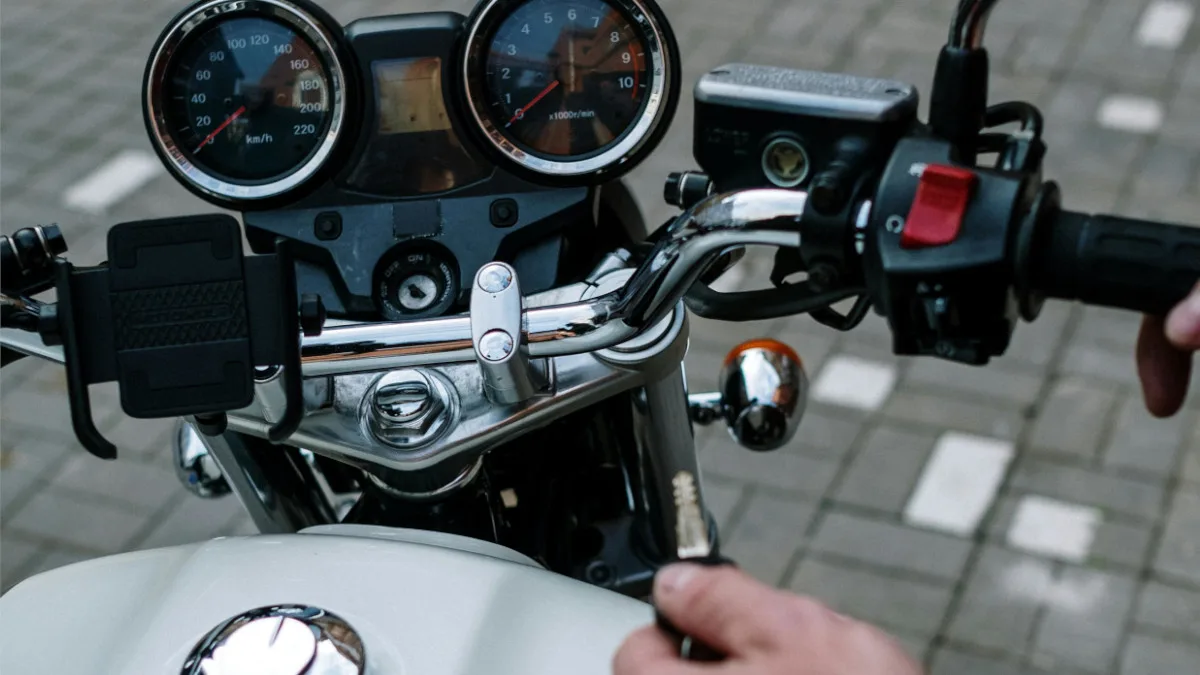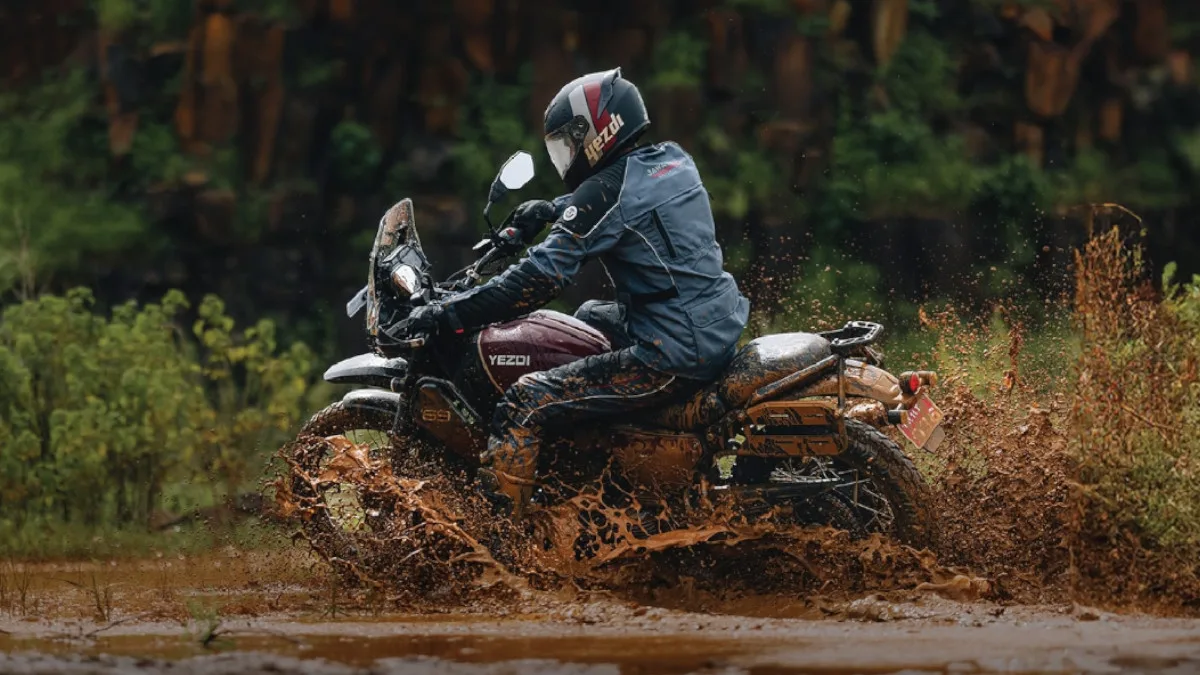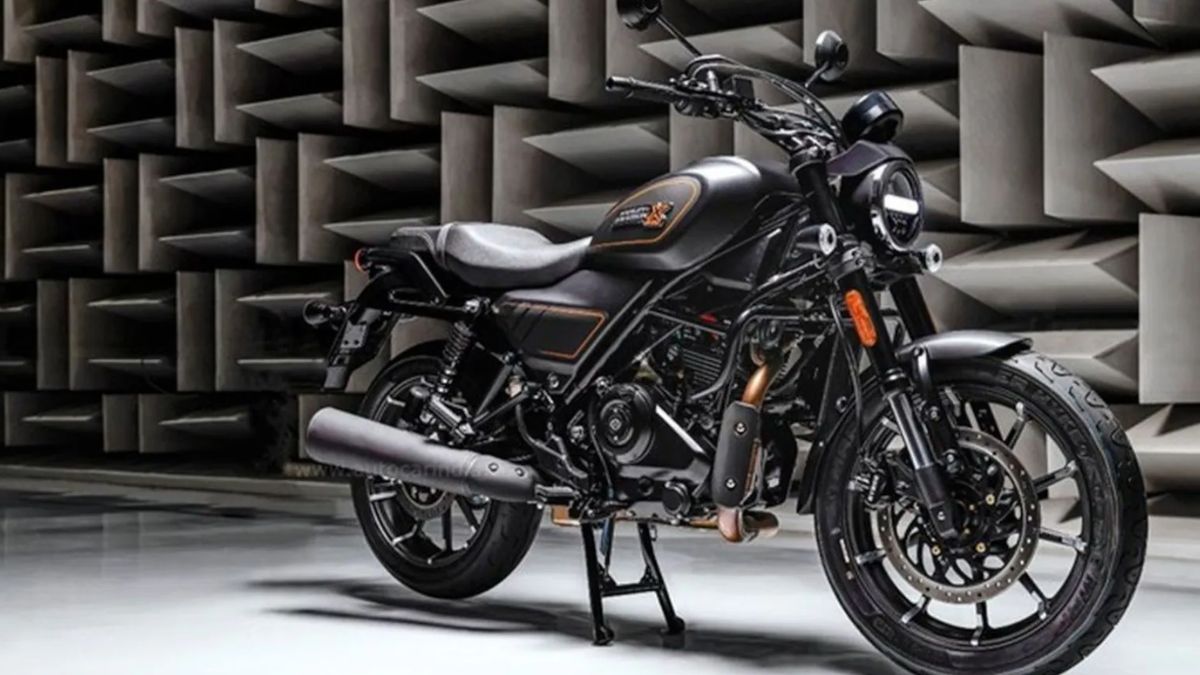Buying a used bike can be a fantastic way to save money and find a reliable vehicle. However, unlike buying a brand-new bike, you need to be extra cautious to ensure you’re getting a good deal and not inheriting hidden problems. Thoroughly checking the second-hand bike’s condition is crucial to avoid costly repairs and potential safety hazards down the line.
This comprehensive guide will equip you with the knowledge and steps to effectively assess a used bike’s condition, ensuring you make an informed and confident purchase.
Why Inspecting a Second-Hand Bike Matters
While the initial cost savings of a used bike are attractive, neglecting a proper inspection can lead to significant financial repercussions. Here’s why checking a used bike’s condition is essential:
- Hidden Damage: Used bikes often have wear and tear, potential accident damage, or hidden problems that might not be readily apparent. A thorough inspection helps uncover these issues before finalizing the purchase.
- Safety Concerns: Compromised brakes, faulty electrical systems, or structural damage can pose serious safety risks. A detailed check safeguards you from potential accidents and injuries.
- Repair Costs: Unforeseen repairs can significantly increase your overall investment. Identifying potential issues during the inspection allows you to factor in repair costs or negotiate a lower price.
- Peace of Mind: Knowing you’ve bought a well-maintained bike with minimal underlying problems provides peace of mind and reduces the stress of unexpected breakdowns.
How to Check a Second-Hand Bike’s Condition: A Step-by-Step Guide
Now that you understand the importance of inspecting a used bike, let’s delve into the specific steps involved:
1. Document Verification:
- Registration Certificate (RC): Verify the bike’s registration details match the RC, including engine and chassis number, owner information, and validity.
- Pollution Under Control (PUC) Certificate: Ensure a valid PUC certificate indicating the bike meets emission standards.
- Insurance: Check for active insurance coverage and its validity period.
- Service History: Request service records to understand the bike’s maintenance schedule and identify any potential issues addressed previously.
2. Visual Inspection:
- Frame: Look for dents, cracks, or misalignments that could indicate accident damage or structural issues.
- Bodywork: Check for excessive scratches, rust, or uneven paintwork, which might signify repairs or poor maintenance.
- Tires: Examine the tread depth and overall condition for signs of wear and tear. Ensure proper tire pressure.
- Lights and Indicators: Verify all lights, including headlights, taillights, and indicators, are functioning correctly.
- Battery: Check for corrosion on the terminals and ensure the battery holds a charge effectively.
3. Mechanical Inspection:
- Engine: Start the engine and listen for unusual noises, vibrations, or smoke emissions.
- Brakes: Test the brakes for responsiveness and ensure they function smoothly without any pulling or grinding.
- Suspension: Check for smooth suspension travel and absence of any excessive bouncing or bottoming out.
- Clutch and Gearshift: Ensure smooth clutch operation and gear changes without any slipping or difficulty.
- Leakage: Inspect the engine, oil filter, and other components for signs of oil or coolant leaks.
4. Test Ride:
Take the bike for a test ride to assess its overall performance. Pay attention to:
- Acceleration and Handling: Check for smooth acceleration, responsive steering, and stability while maneuvering.
- Braking Performance: Test the brakes in different scenarios to ensure they provide adequate stopping power.
- Engine Noise and Vibration: Listen for any unusual sounds or excessive vibrations that might indicate underlying problems.
Additional Tips:
- Involve a Mechanic: Consider getting a professional mechanic to inspect the bike, especially if you’re not confident in your mechanical knowledge.
- Negotiate Based on Findings: Use the information gathered during the inspection to negotiate a fair price based on the bike’s condition and any potential repairs needed.
- Trust Your Gut: If something feels off during the inspection or test ride, it’s best to walk away and look for another bike.
By following these steps and conducting a thorough inspection, you can significantly increase your chances of buying a reliable and safe second-hand bike that provides years of enjoyable riding. Remember, a little extra effort upfront can save you significant time, money, and potential safety concerns in the long run.
Discover more from Wheels Craze - Automotive News, EV News, Car News, Bike News
Subscribe to get the latest posts to your email.





